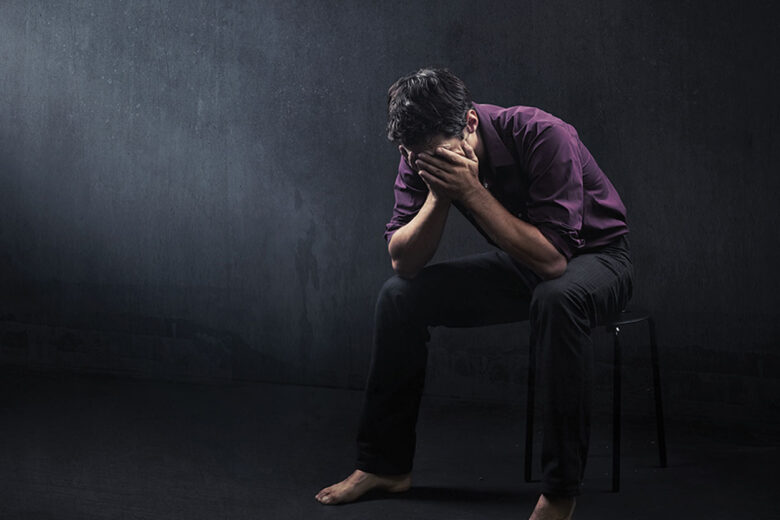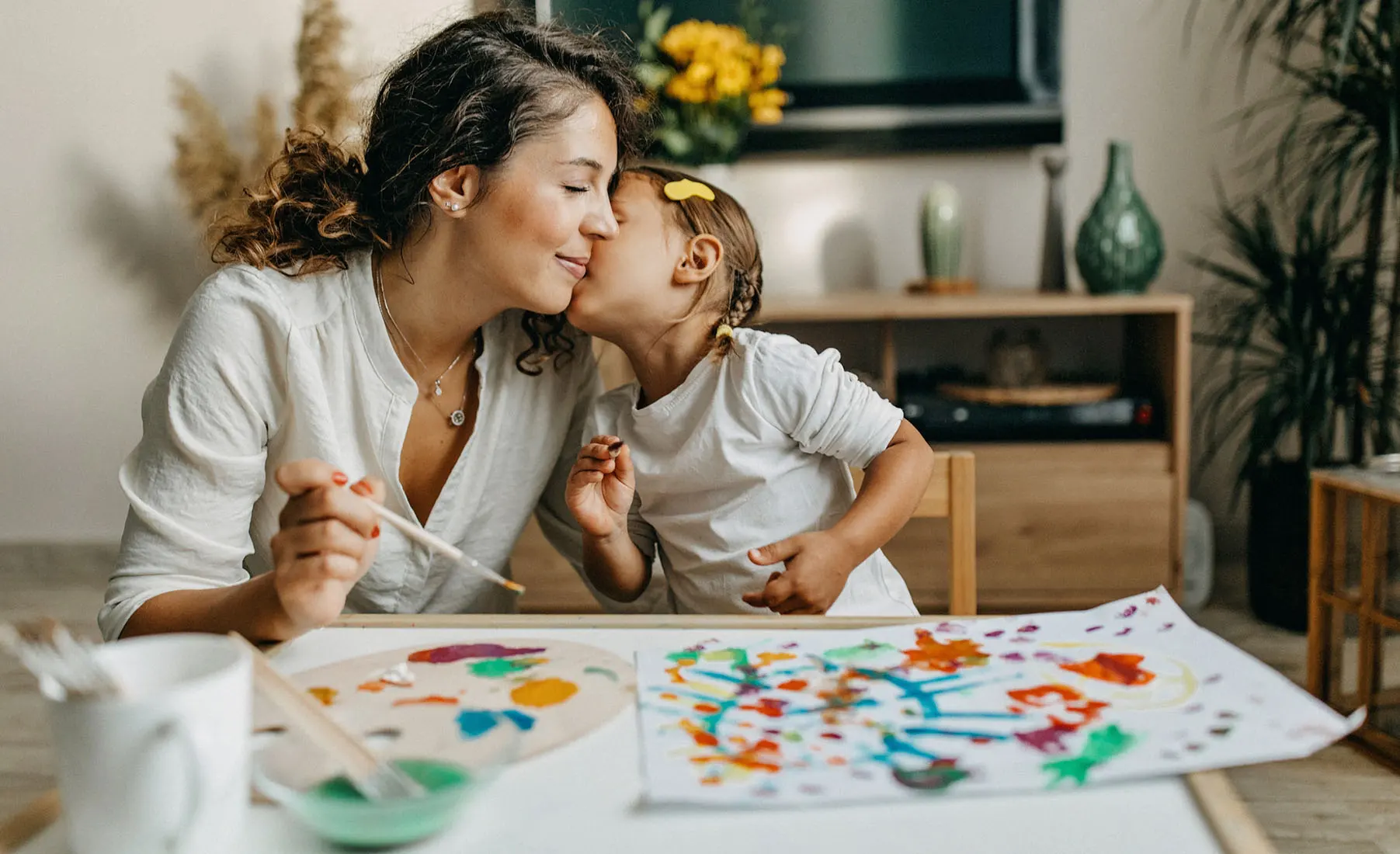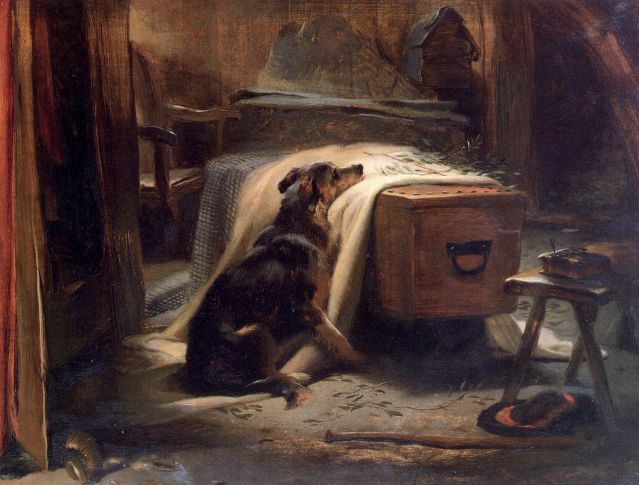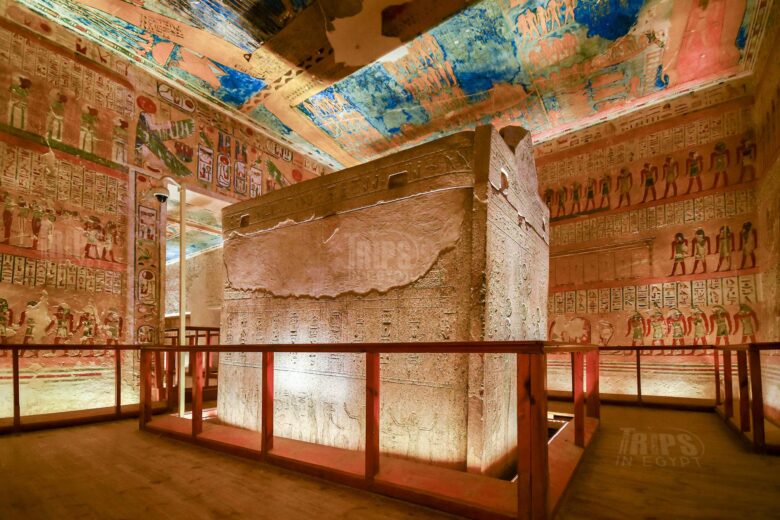Losing a loved one is undoubtedly one of the most challenging experiences a person can go through. The emotions that follow such a loss can be overwhelming, leaving individuals searching for ways to cope with their grief. In times of sorrow, art has proven to play a crucial role in helping individuals navigate through the healing process and find solace in their memories.
Contents
- What is Grief? A Human Response to Loss
- How Does Art Serve as a Medium for Expression?
- How Can Art Serve as a Conduit for Expressing Grief?
- What are Artistic Representations of Grief and Loss?
- What is the Role of Art in Personal and Collective Mourning?
- In What Ways Can Art Be Used to Remember and Honor the Departed?
- What is the Healing Power of Art in Grief and Remembrance?
- Honoring the Departed, through Art and Remembrance
What is Grief? A Human Response to Loss
Grief is a natural human response to loss. When someone we love passes away, we often find ourselves grappling with a myriad of emotions. From sadness and anger to guilt and confusion, grief can manifest in various ways. It is a deeply personal journey, unique to each individual. To better comprehend the role of art in grief and remembrance, it is important to explore the psychological and cultural dimensions of mourning.

Source: ct.counseling.org
The Psychological Impact of Bereavement
Grief transcends mere sadness; it permeates all aspects of a person’s life. The loss of a loved one can lead to feelings of emptiness, anxiety, and even depression. Psychologists have long recognized the therapeutic value of art in helping individuals navigate through these complex emotions. Art can serve as a means of self-expression, providing an outlet for the overwhelming feelings that often accompany grief.
The Cultural Dimensions of Mourning
The way grief is experienced and expressed varies across different cultures. Rituals, customs, and traditions surrounding mourning play a significant role in helping individuals cope with loss. Artistic expressions, such as memorial art and traditional ceremonies, can provide solace and help individuals honor the departed in a culturally meaningful way.
How Does Art Serve as a Medium for Expression?
Art has always been a powerful channel for humans to convey their deepest emotions, stories, and memories. A memorial portrait is a prime example, turning emotions and memories into tangible keepsakes. Through the skilled hands and vision of artists at Memorialize Art, the essence of a loved one is captured, providing a meaningful way for individuals to express their love, honor their memory, and celebrate their legacy.

Source: jewelrykeepsakes.com
The Therapeutic Value of Art
Art therapy has emerged as an effective approach in helping individuals cope with grief. Through the guidance of trained professionals, individuals can engage in artistic activities that promote healing and self-reflection. Painting or creating artwork can serve as a cathartic process, allowing individuals to externalize their emotions and find a sense of release.
Art as a Language of Emotion
Art has the remarkable ability to communicate complex emotions that words often struggle to convey. Images, colors, and symbols can evoke profound emotional responses, enabling individuals to connect with their grief on a deeper level. Artistic creations can function as a visual language, allowing individuals to express the inexpressible and find comfort in the process.
How Can Art Serve as a Conduit for Expressing Grief?
Artistic representations of grief and loss have existed throughout history, reflecting different cultural perspectives and individual experiences. These artworks offer a glimpse into the human condition, capturing the universal aspects of sorrow while also reflecting the diverse ways in which it is experienced.

Source: psychologytoday.com
What are Artistic Representations of Grief and Loss?
From classical paintings to modern installations, artists have consistently explored themes of grief and loss in their work. These depictions not only provide a space for empathy and connection but also serve as a reminder that grief is a shared human experience. Through art, individuals can find solace in knowing that others have navigated similar emotional landscapes.
What is the Role of Art in Personal and Collective Mourning?
Art has the power to bring people together, fostering a sense of collective mourning and remembrance. Public artworks and memorials dedicated to the departed serve as spaces for reflection and commemoration. They provide communities with a tangible way to honor the ones they have lost, creating a sense of unity and shared memory.
In What Ways Can Art Be Used to Remember and Honor the Departed?
In various cultures and historical periods, art has been used as a medium for memorializing the departed. These artistic creations not only pay tribute to the deceased but also provide a lasting memory for generations to come. They act as a bridge between the past and present, ensuring that the legacies of those who have passed endure.
Memorial Art: A Historical Perspective
Throughout history, civilizations have used art to commemorate their fallen loved ones. From ancient Egyptian tombs to elaborate mausoleums, these artistic expressions serve as a testament to the human need to honor and remember. Memorial art provides a tangible connection to the departed, keeping their memory alive for future generations.

Source: tripsinegypt.com
Contemporary Approaches to Memorial Art
In modern times, memorial art has taken on innovative and diverse forms. Artists have embraced unconventional approaches to create memorials that challenge traditional notions of remembrance. From interactive installations to digital tributes, these contemporary artworks capture the essence of the departed in new and thought-provoking ways.
What is the Healing Power of Art in Grief and Remembrance?
Art has a transformative effect on the healing process, offering solace, hope, and a sense of continuity. In the realm of grief counseling and therapy, art plays a vital role in helping individuals navigate their journey towards healing and recovery.
Art Therapy and Grief Counseling
Art therapy has emerged as an effective tool in grief counseling. By engaging in creative activities, individuals can explore their feelings, gain insight into their grief, and find new ways to cope. Art acts as a nonverbal form of communication, allowing individuals to express their emotions and process their grief at their own pace.
The Role of Art in Healing and Recovery
Art’s healing power extends beyond the counseling setting. Whether it be through the creation or appreciation of art, individuals find a renewed sense of purpose and hope. Engaging with artistic expressions of grief and remembrance allows individuals to connect with their emotions, find solace, and move forward on their healing journey.

Source: altacenters.com
Honoring the Departed, through Art and Remembrance
The process of honoring the departed is deeply personal and varies from person to person. Art offers a powerful medium through which individuals can navigate their grief and honor the memory of their loved ones. Whether creating or experiencing art, it allows individuals to connect with their emotions, find solace in shared experiences, and ultimately find a path towards healing and remembrance.
